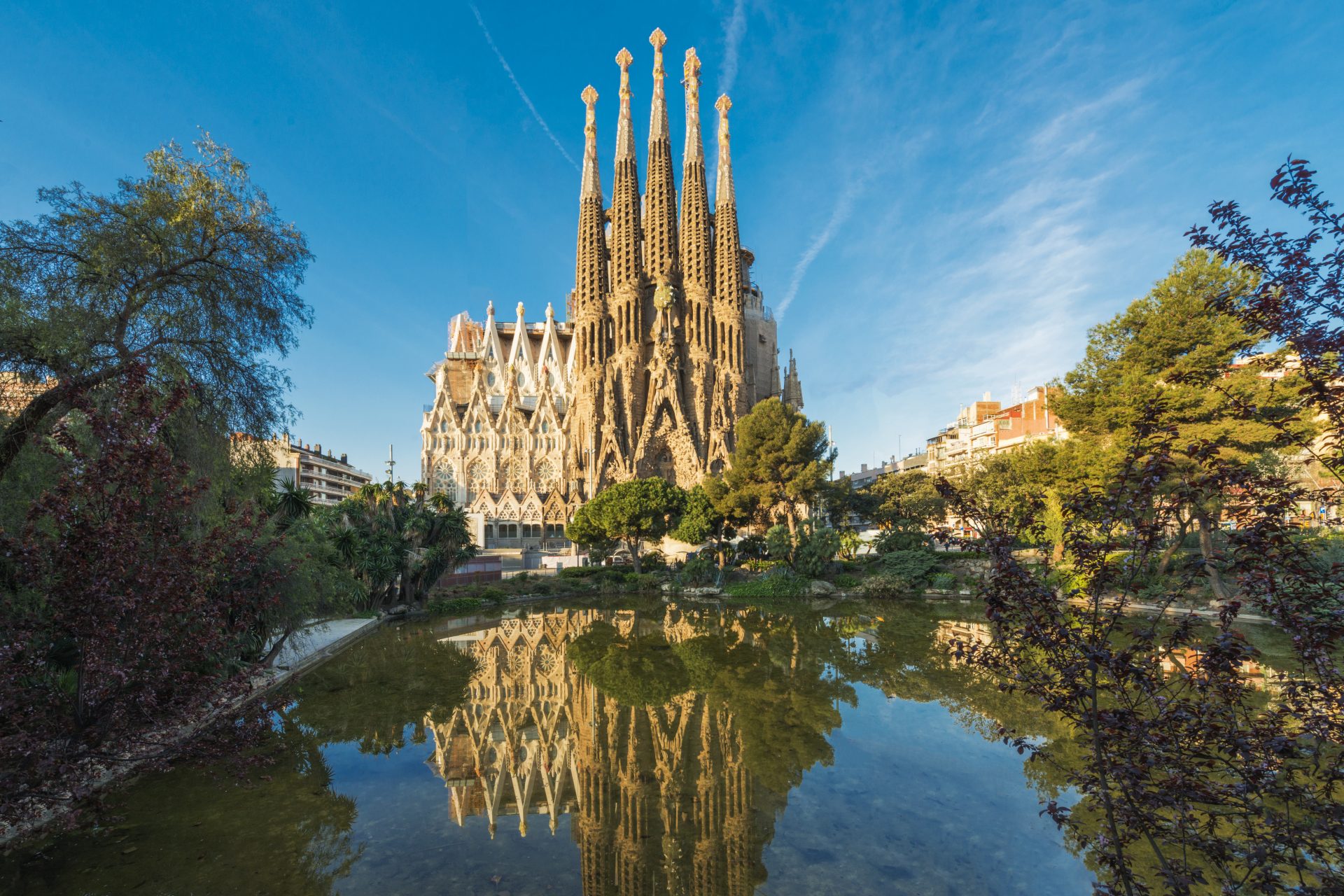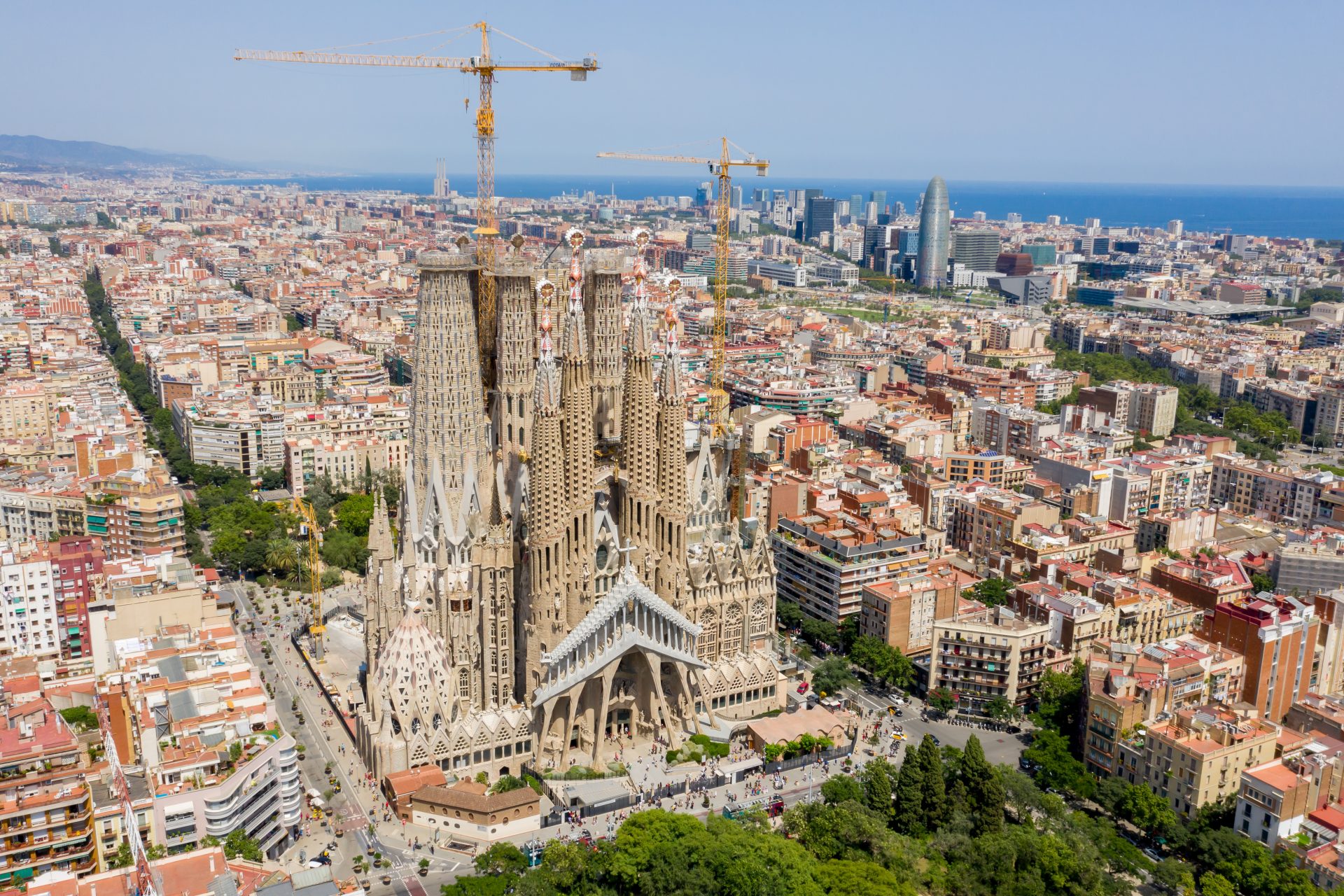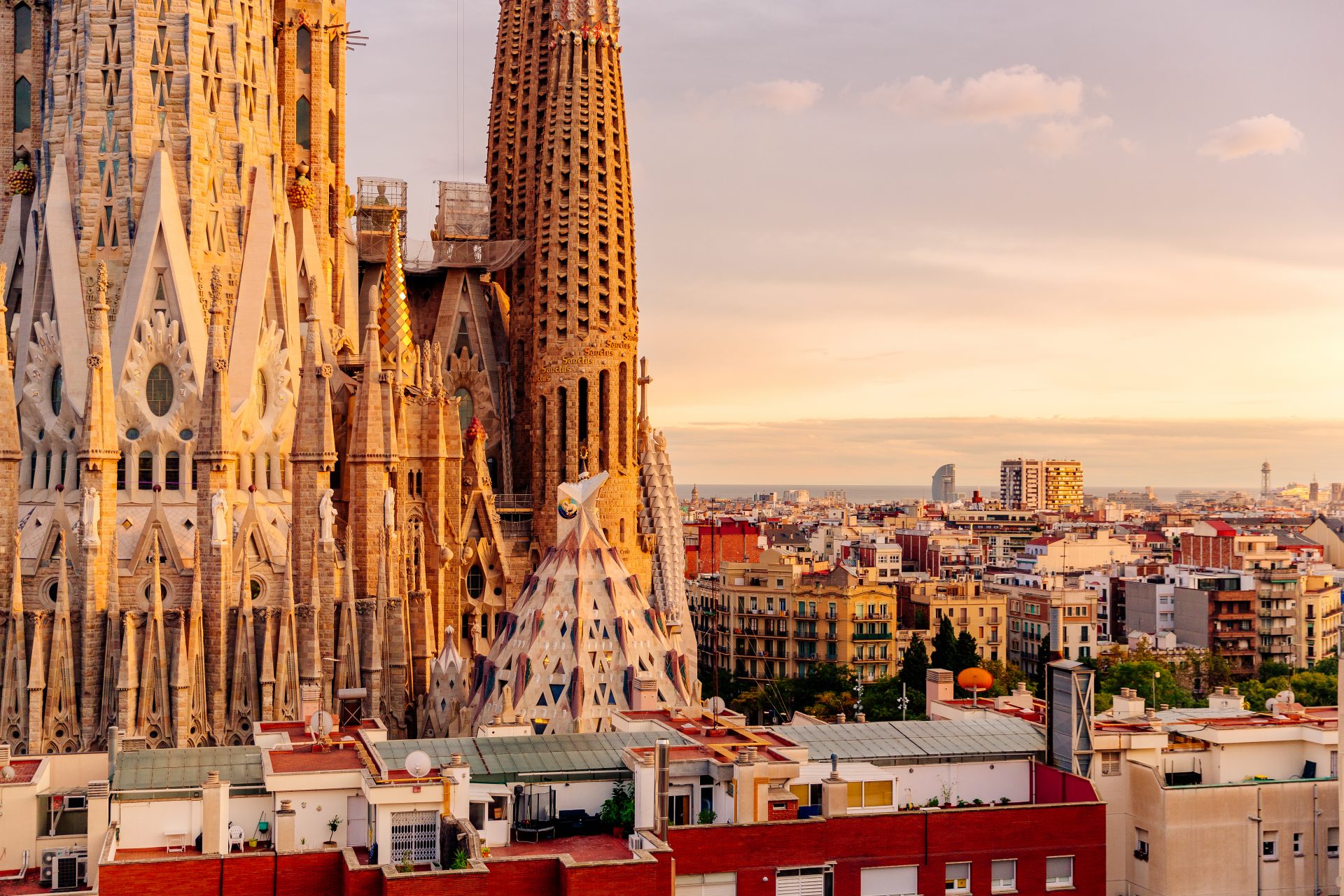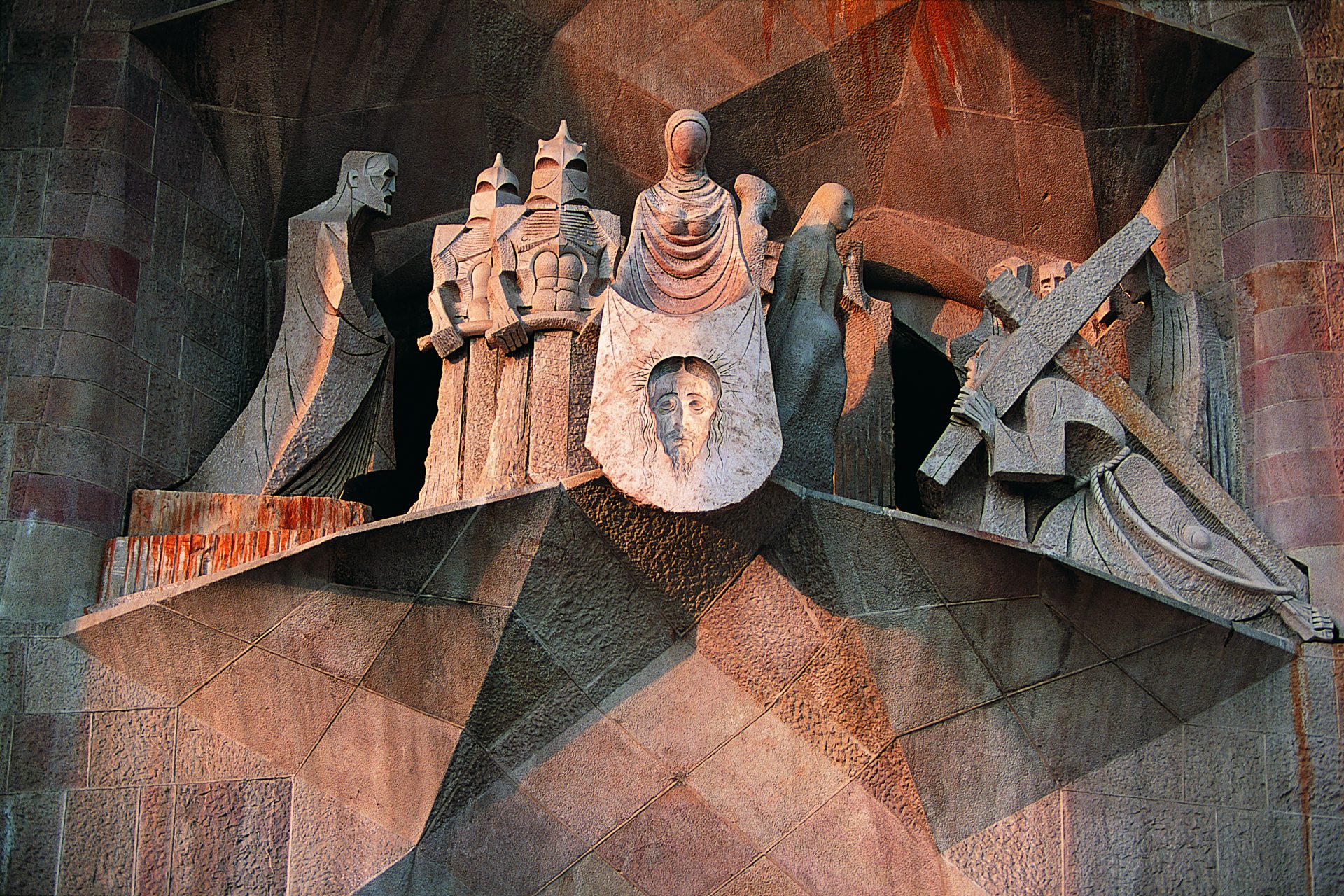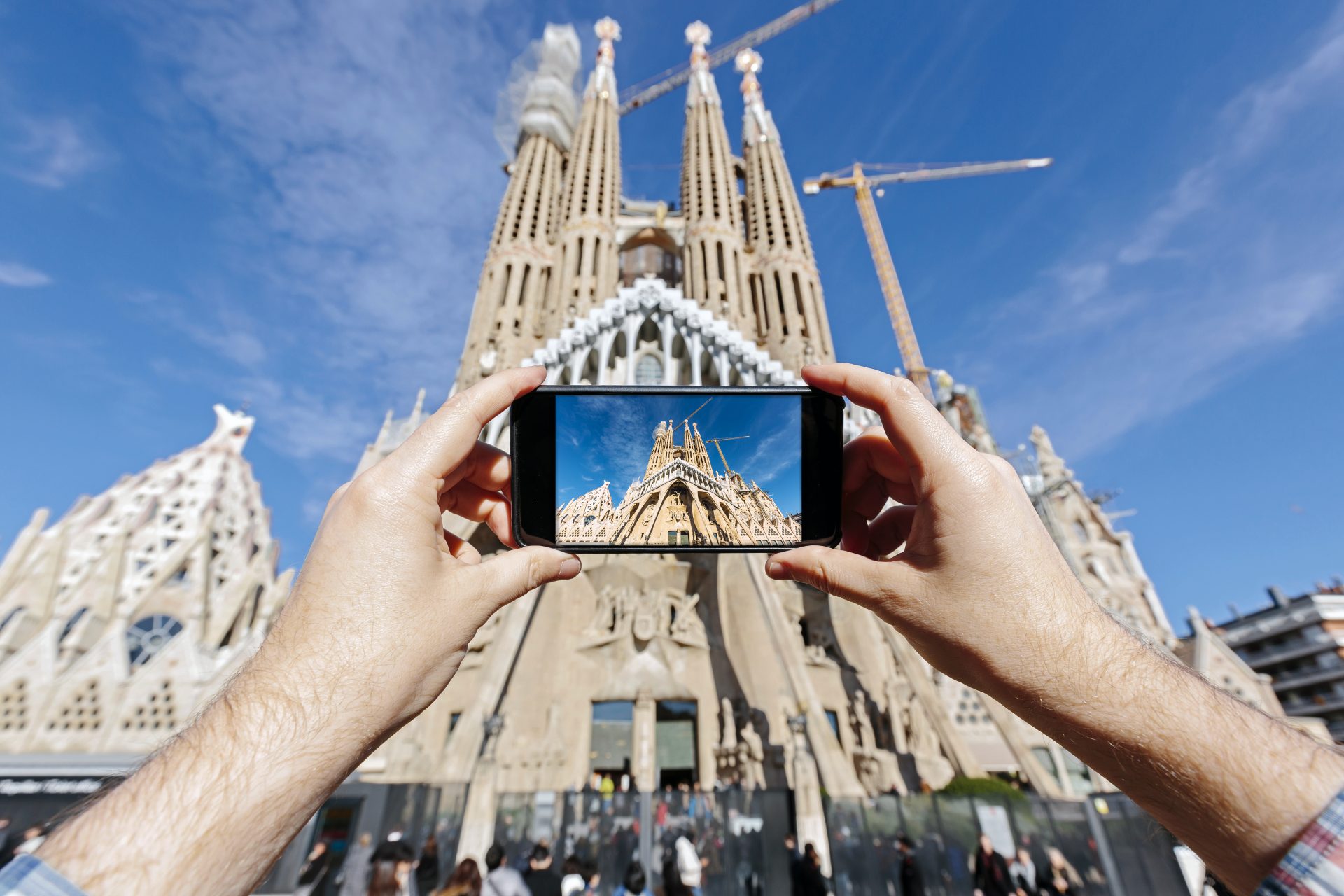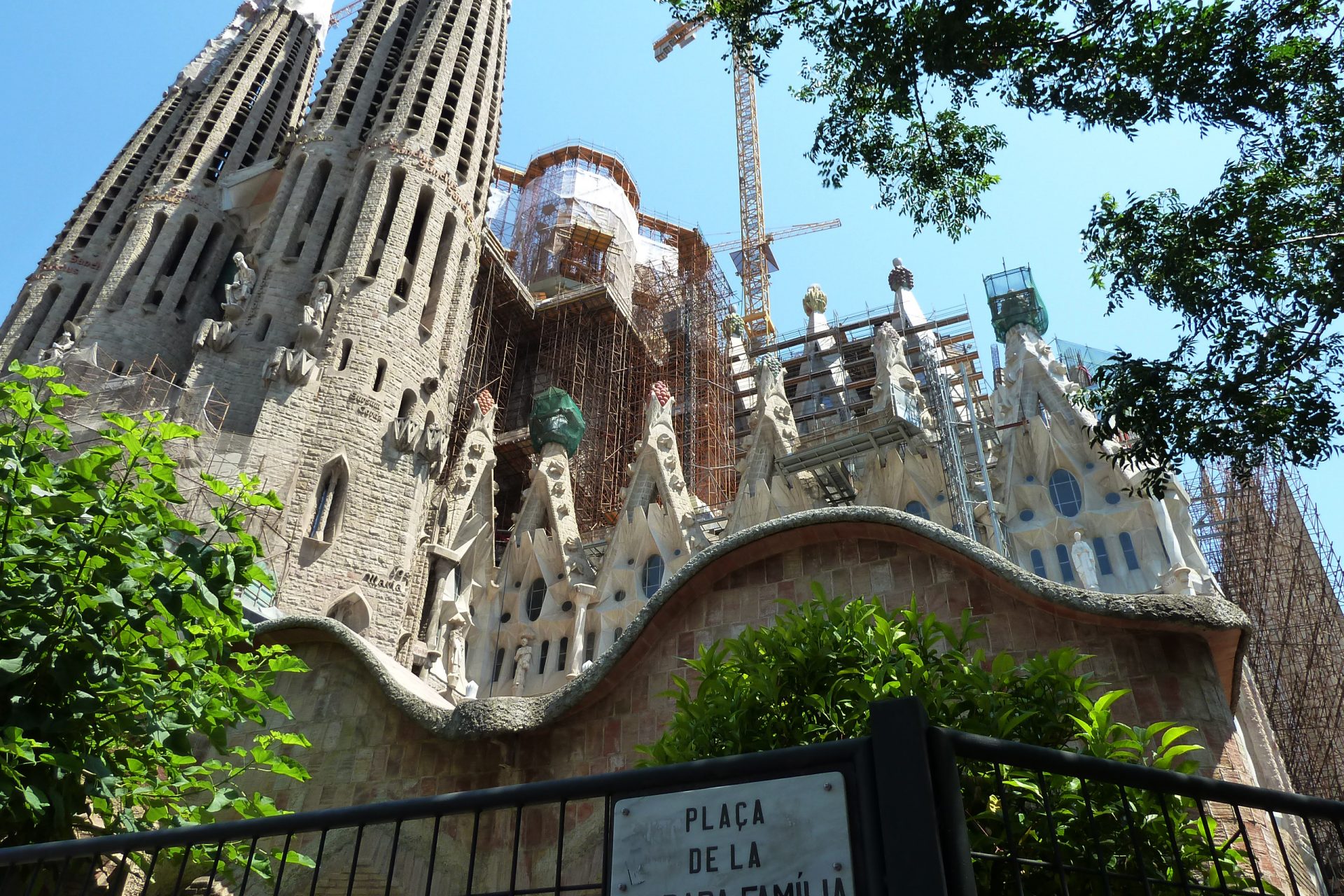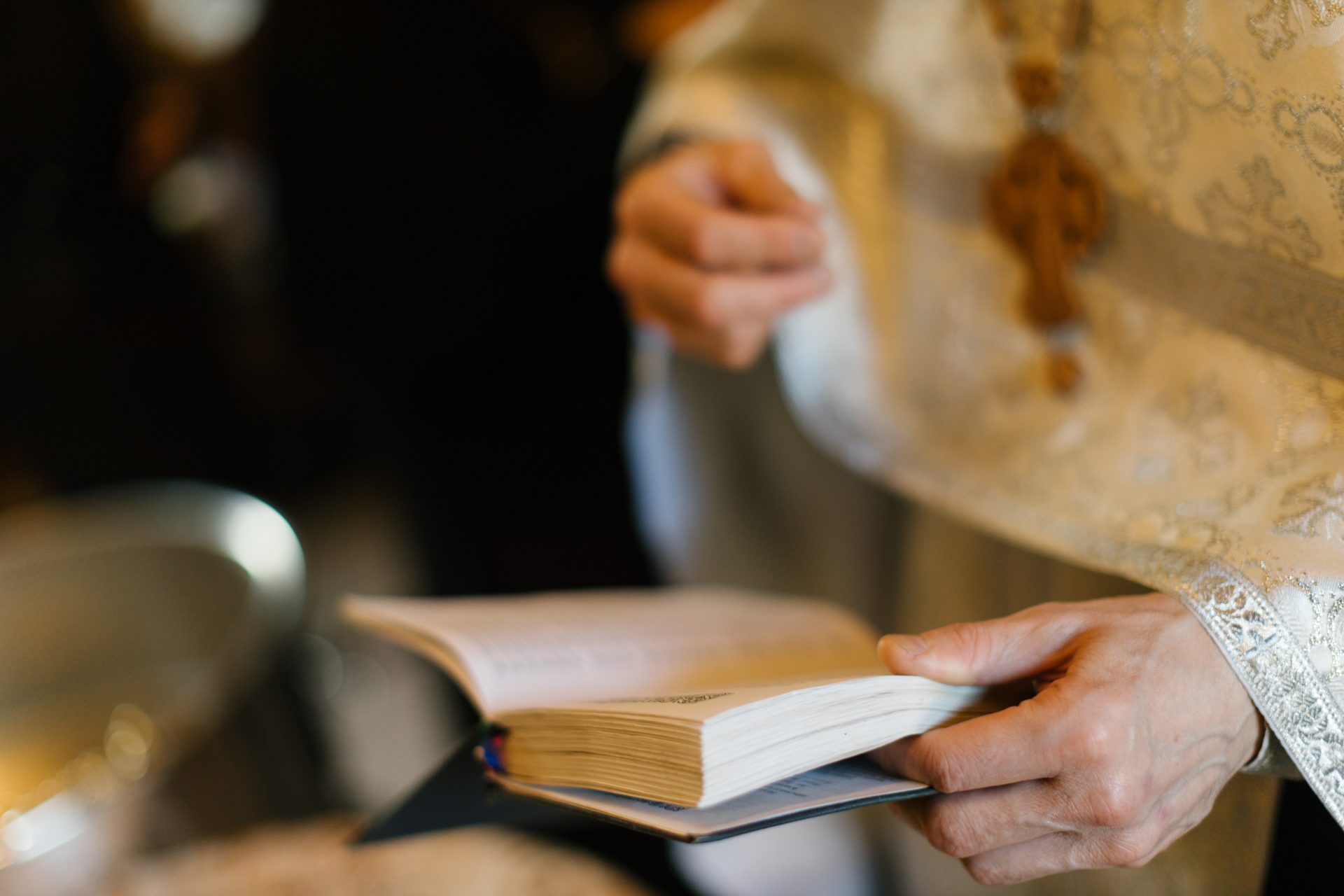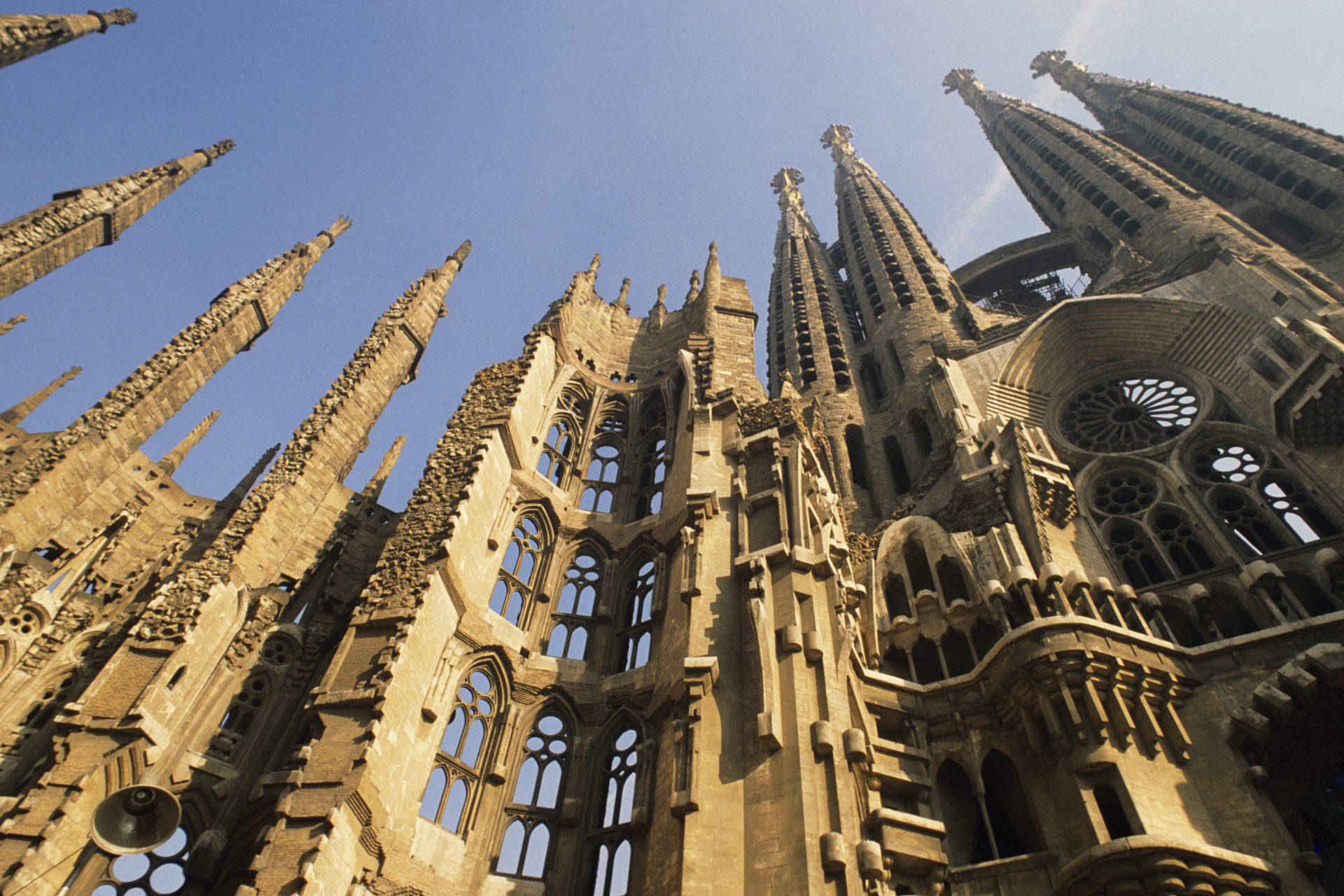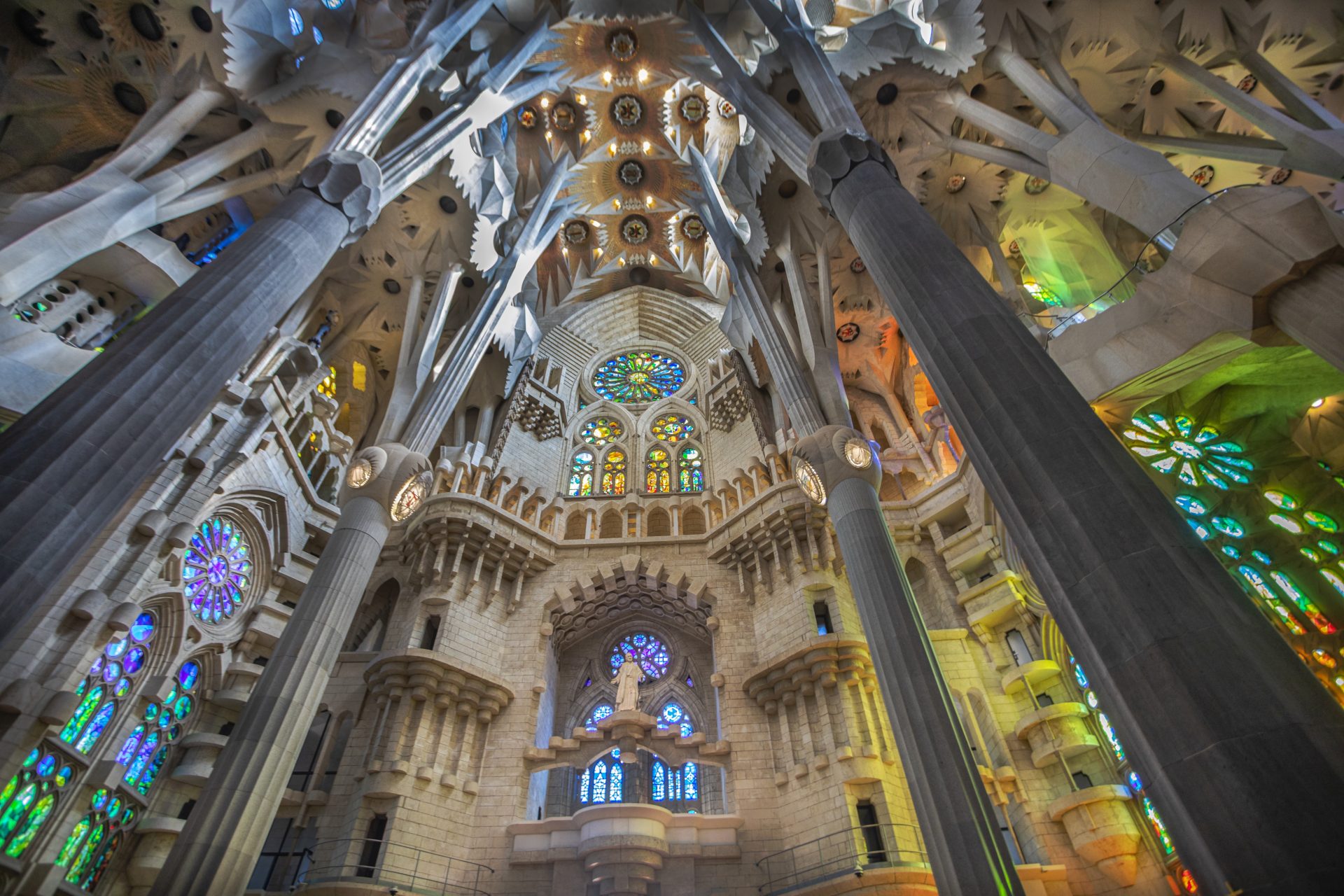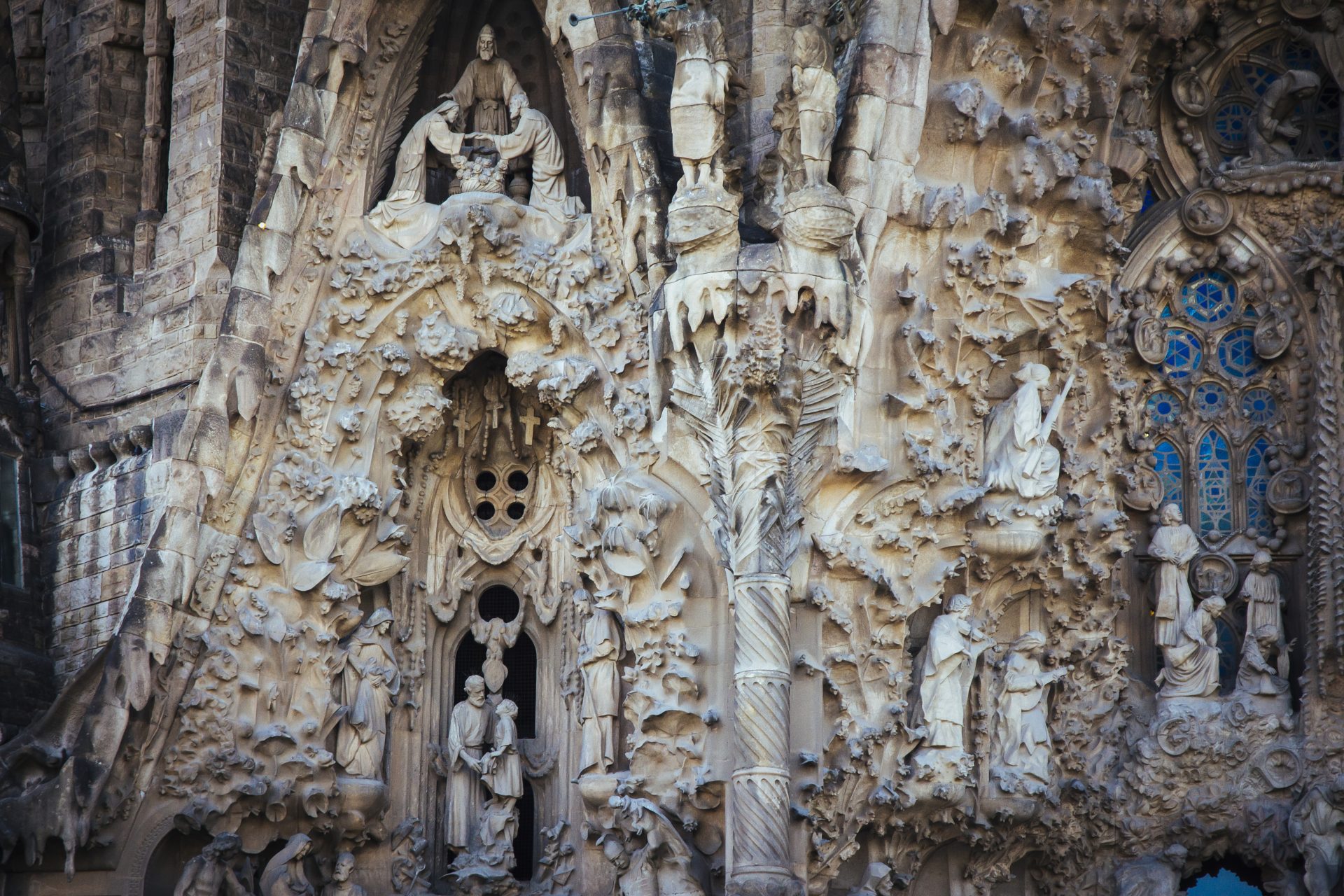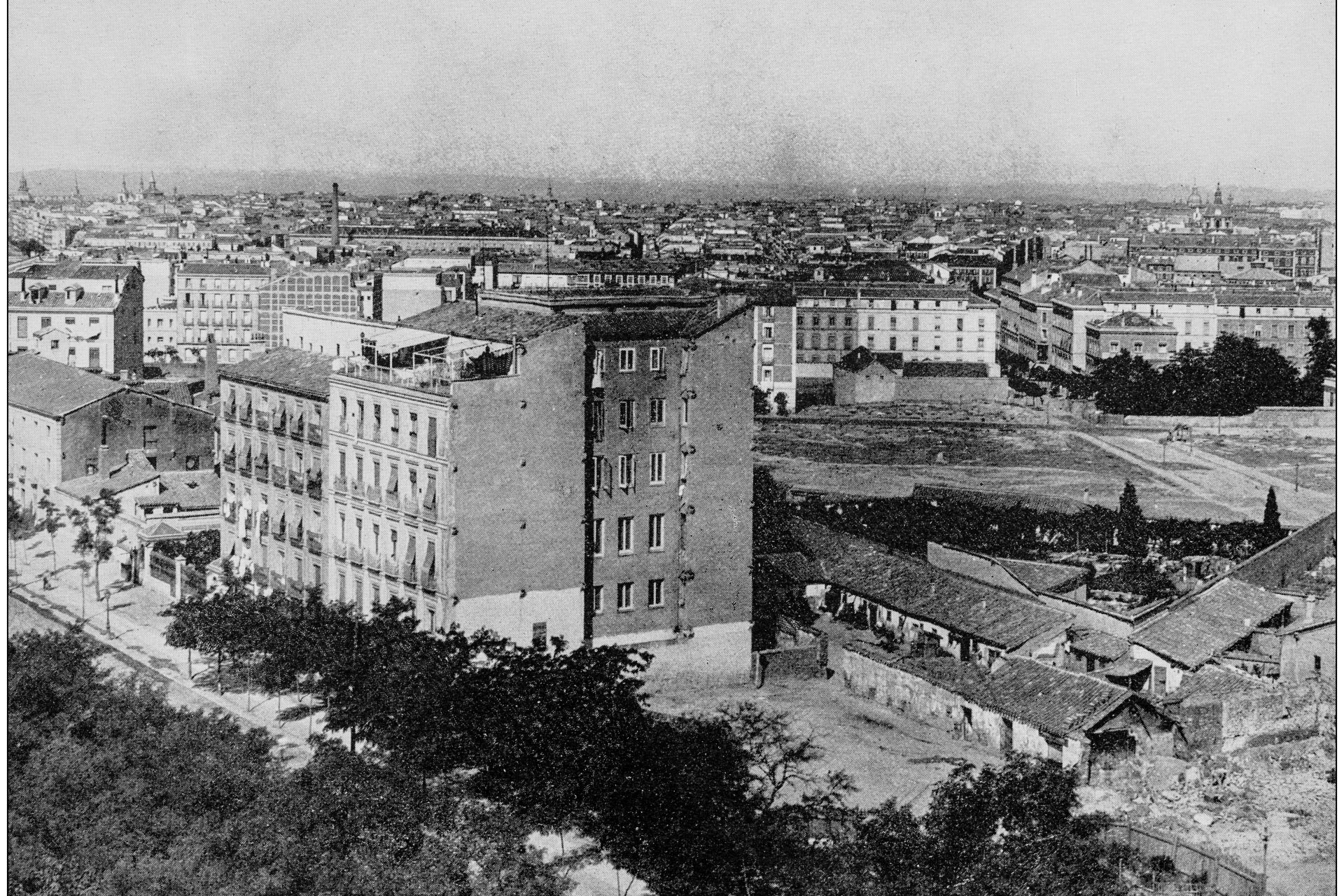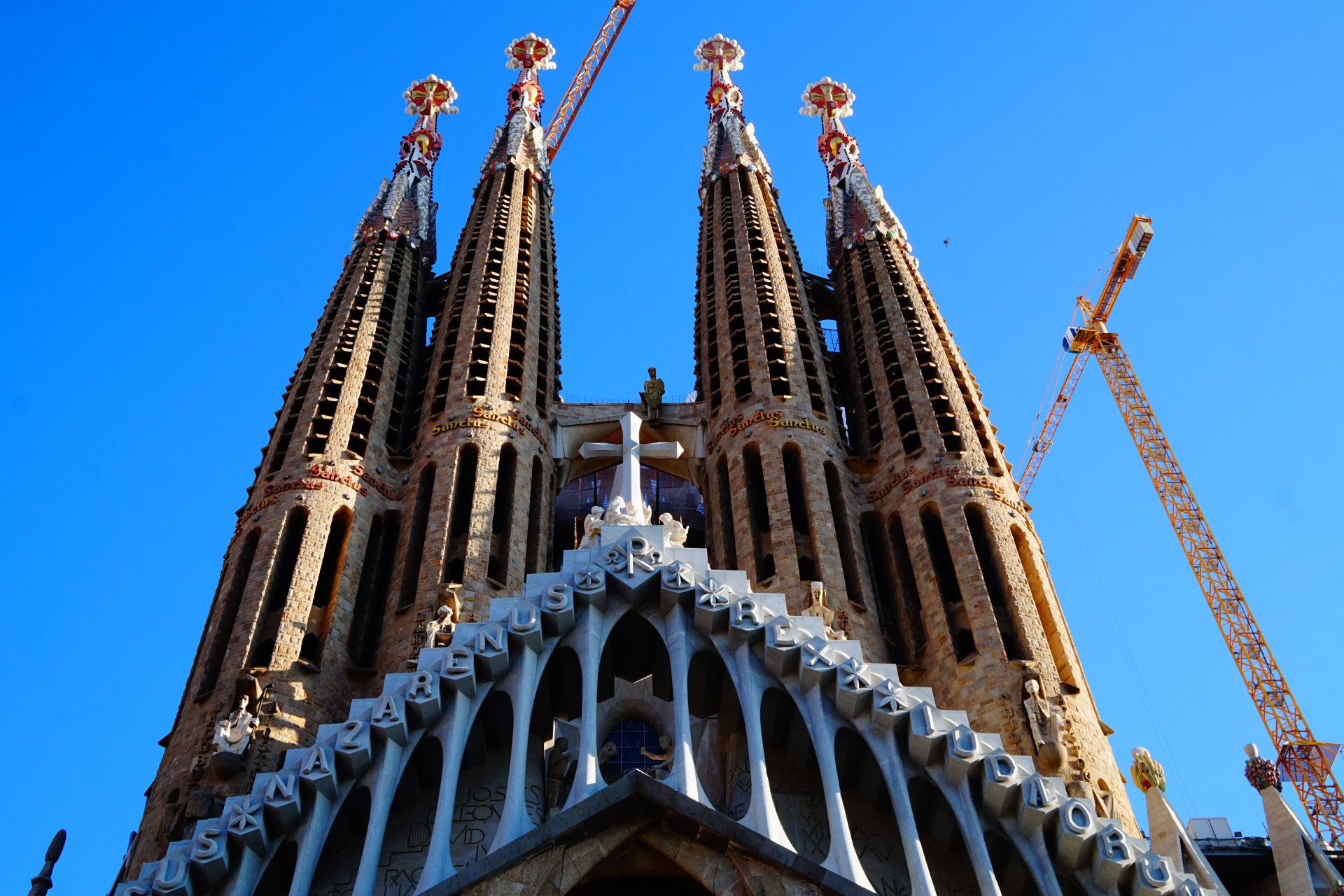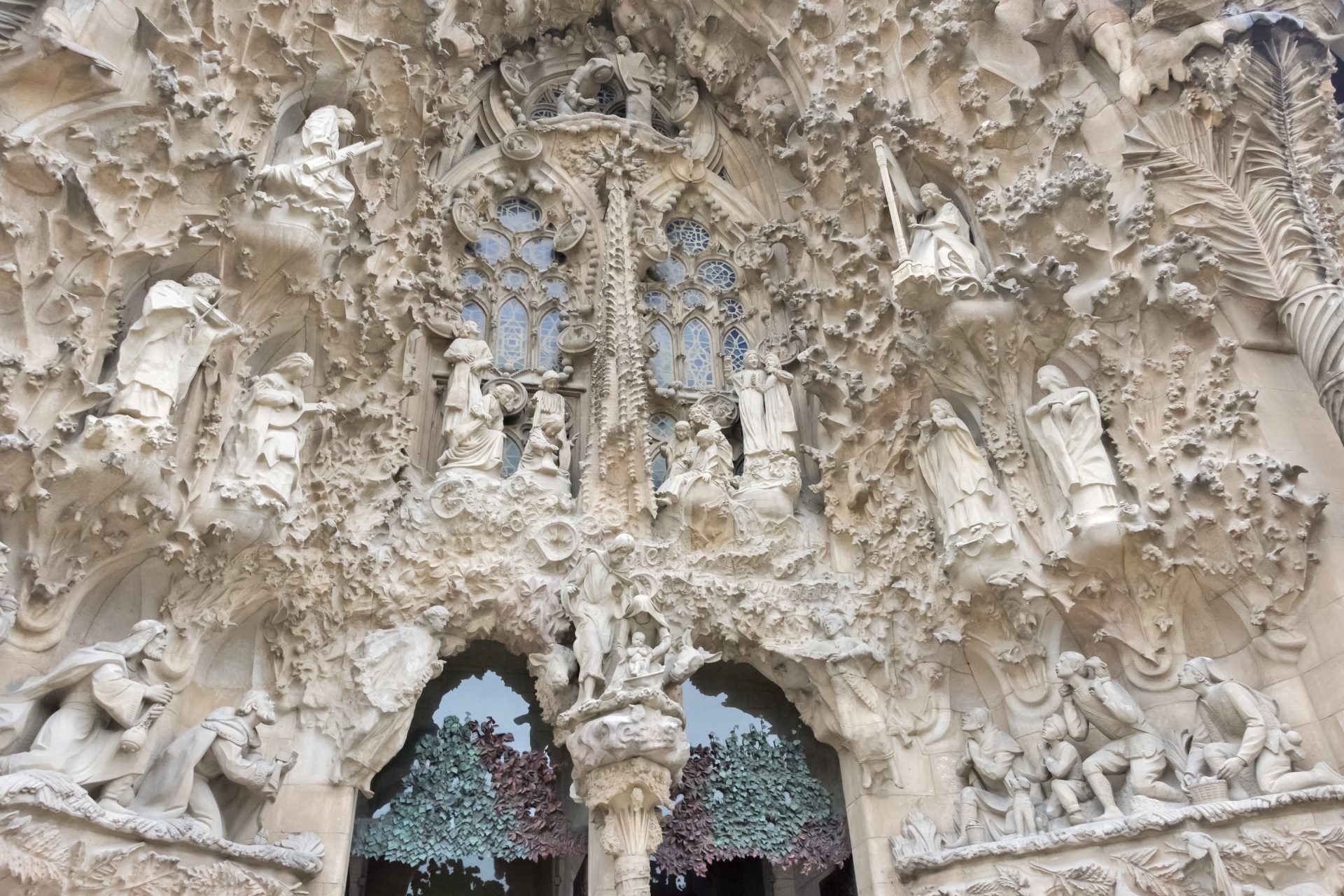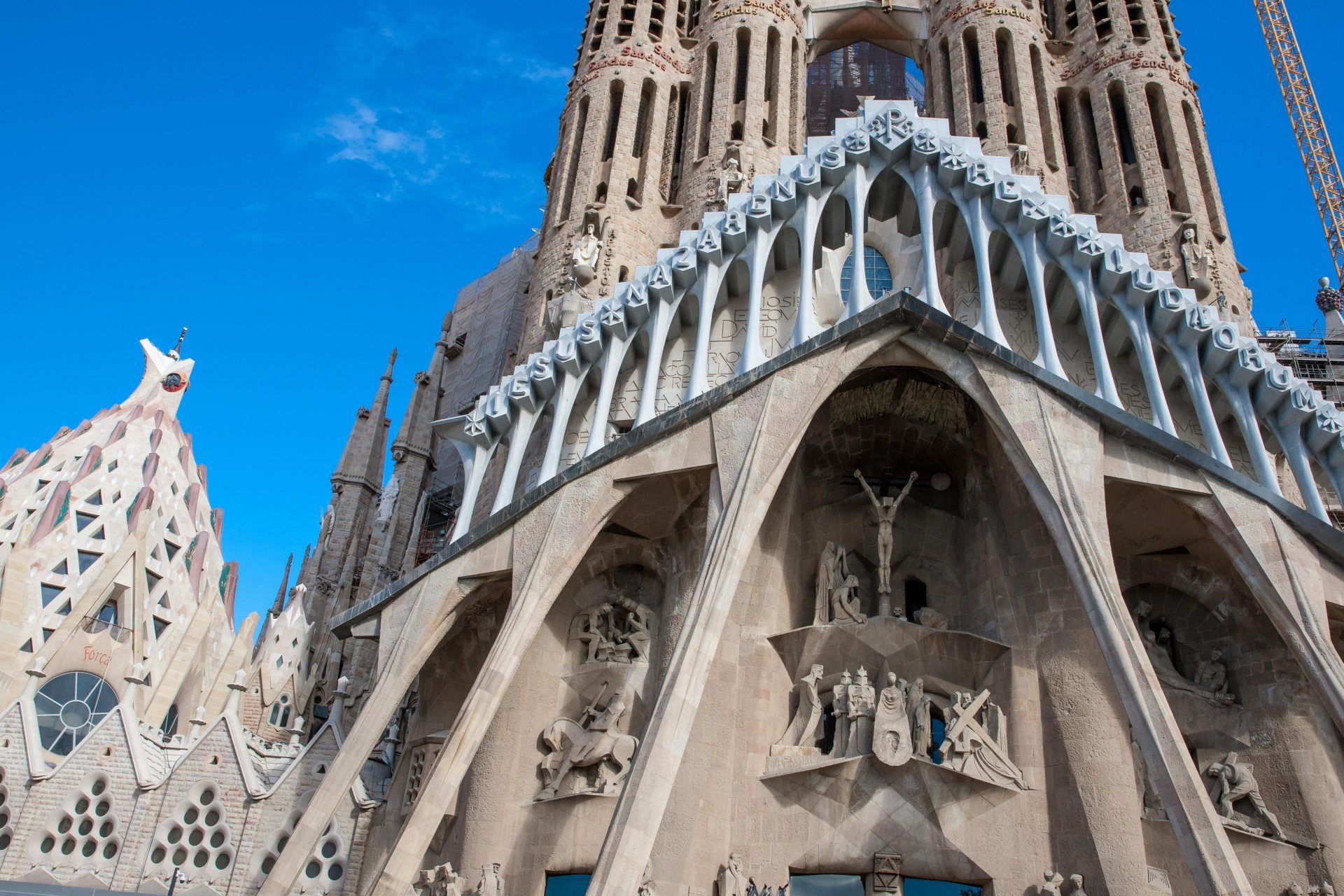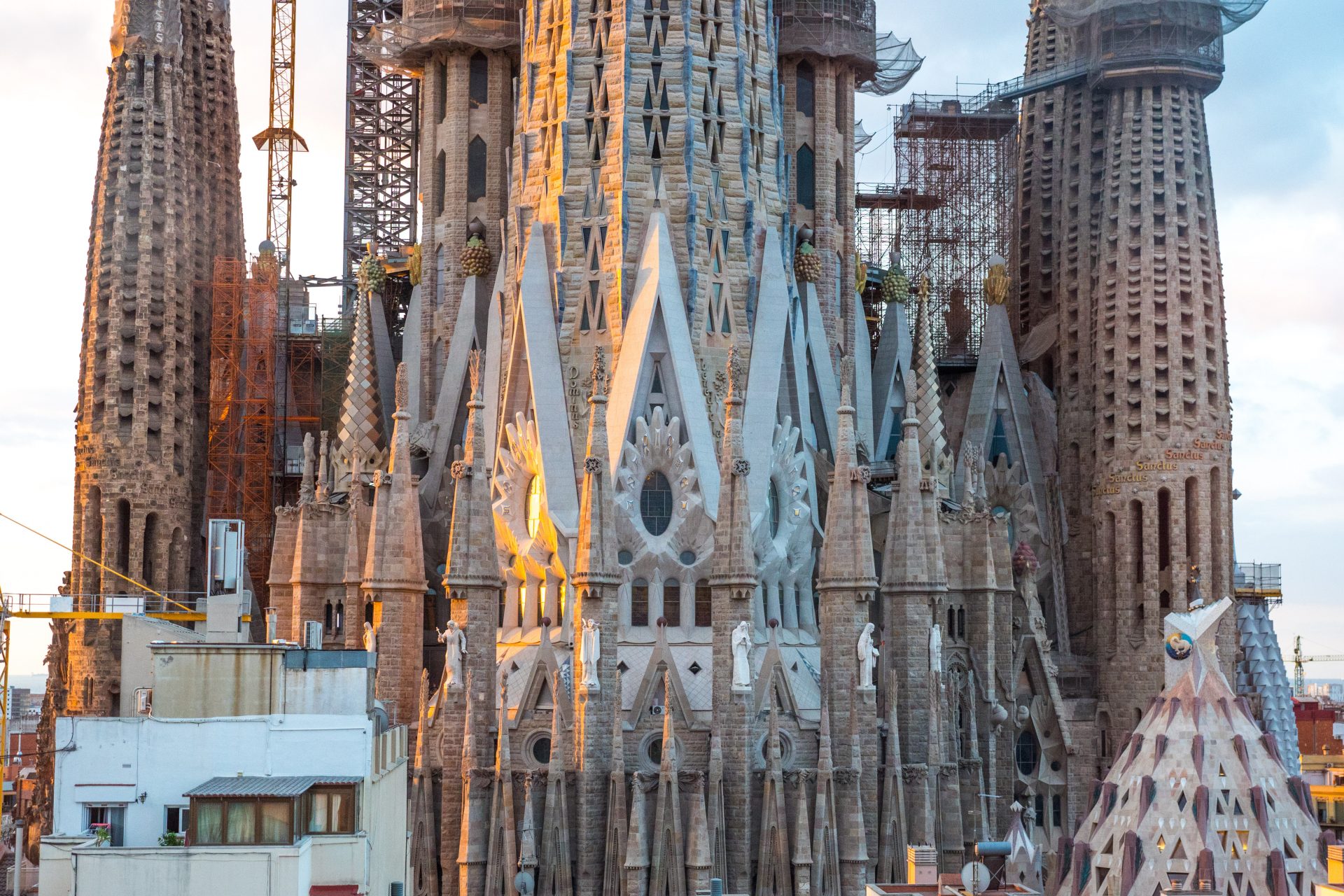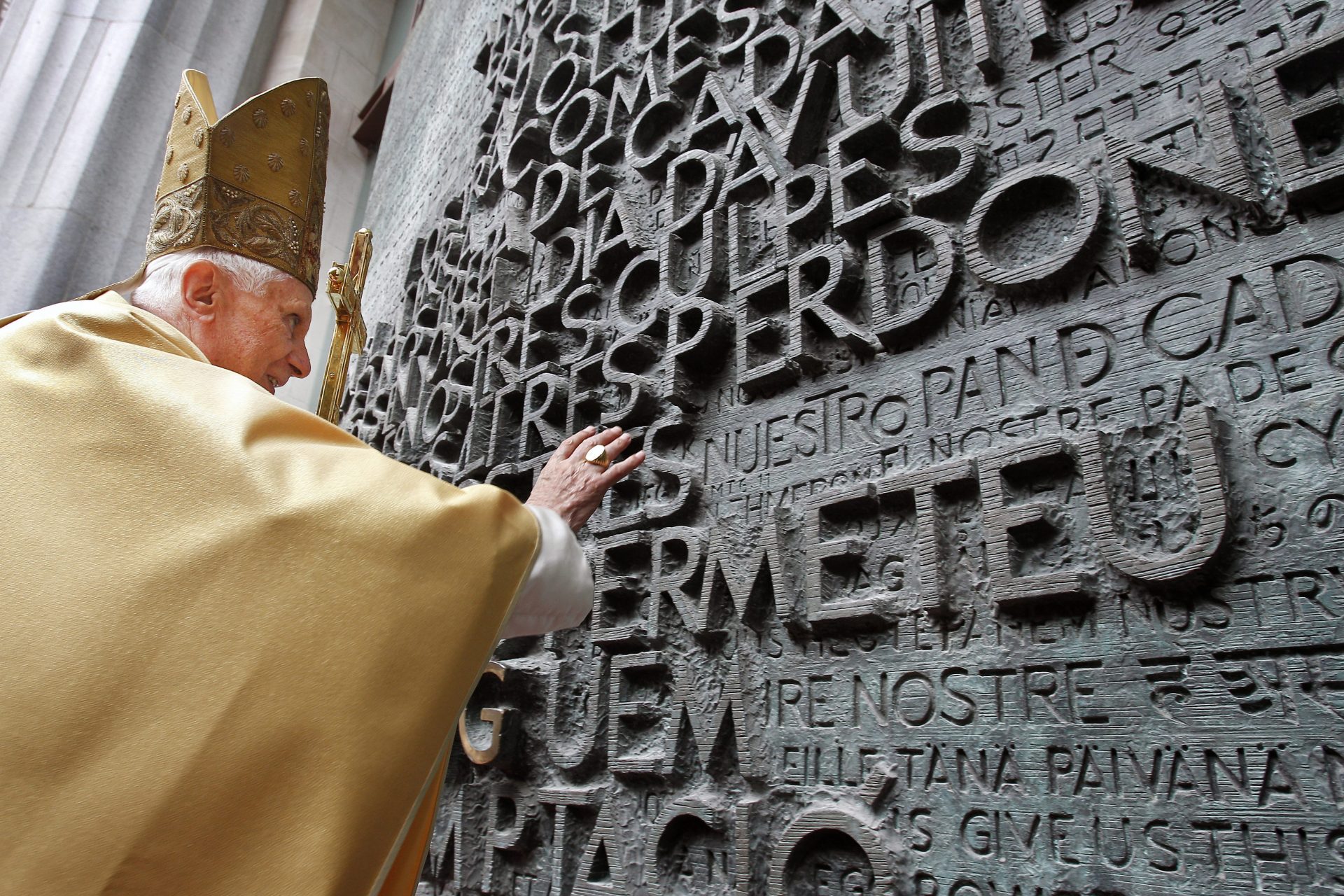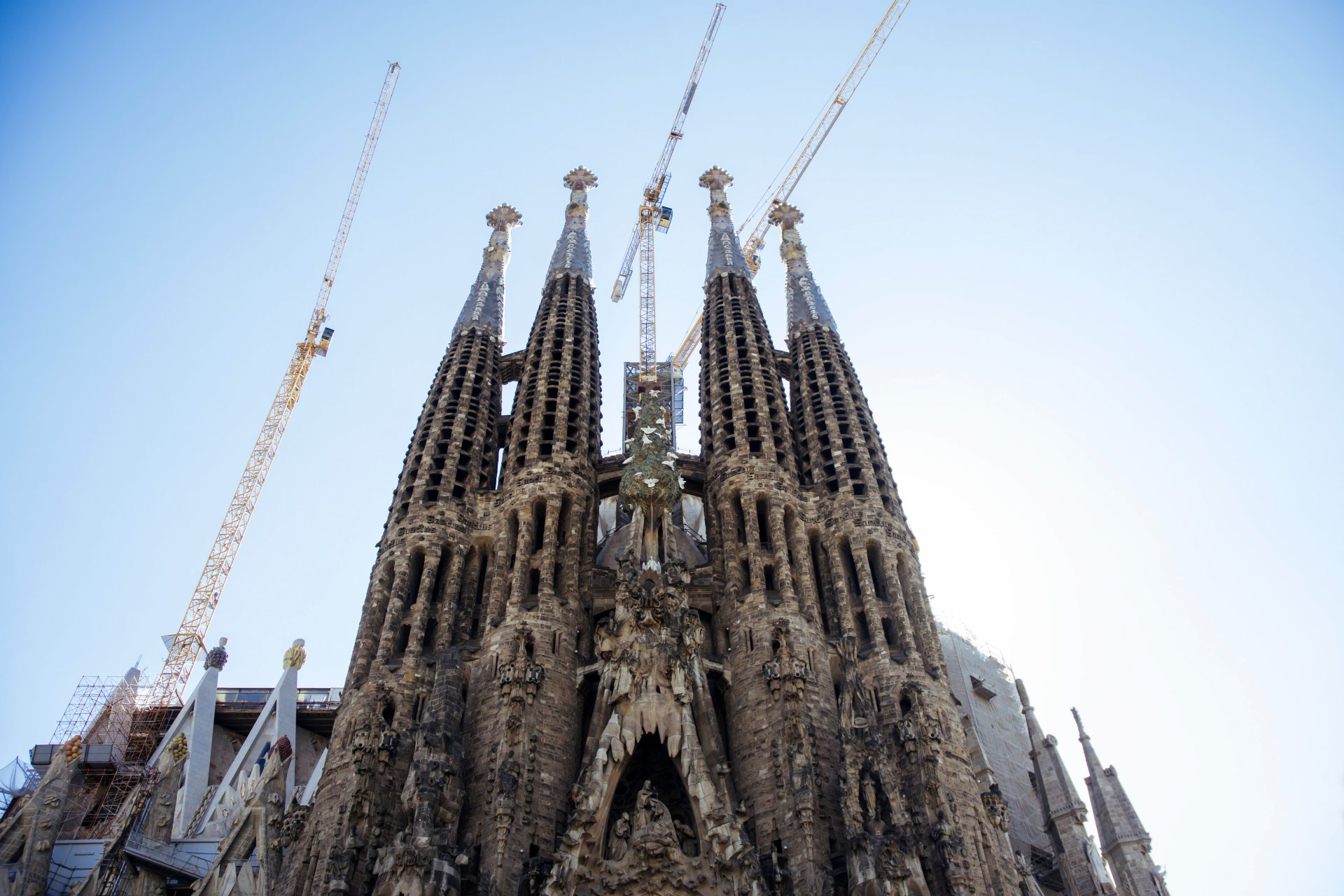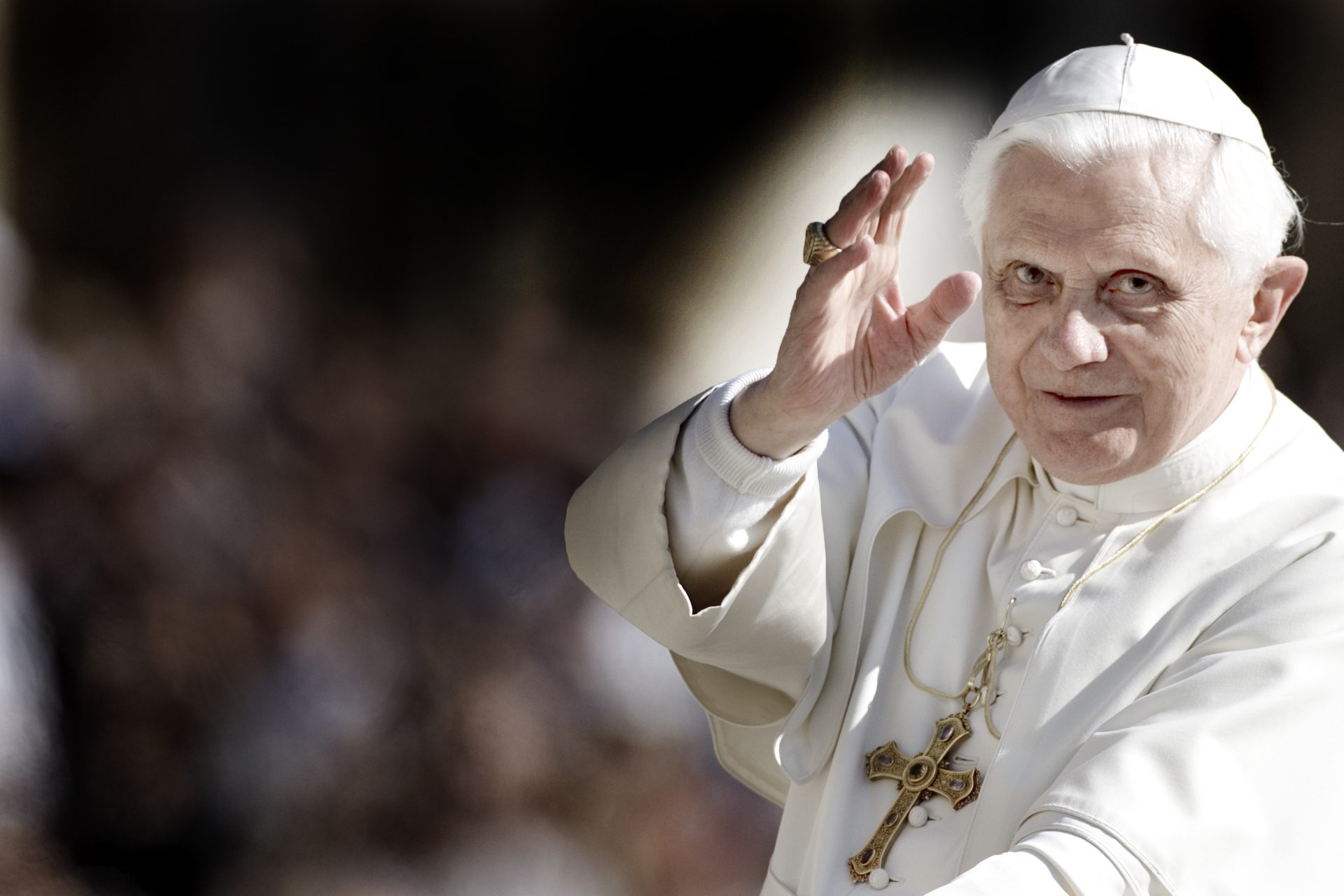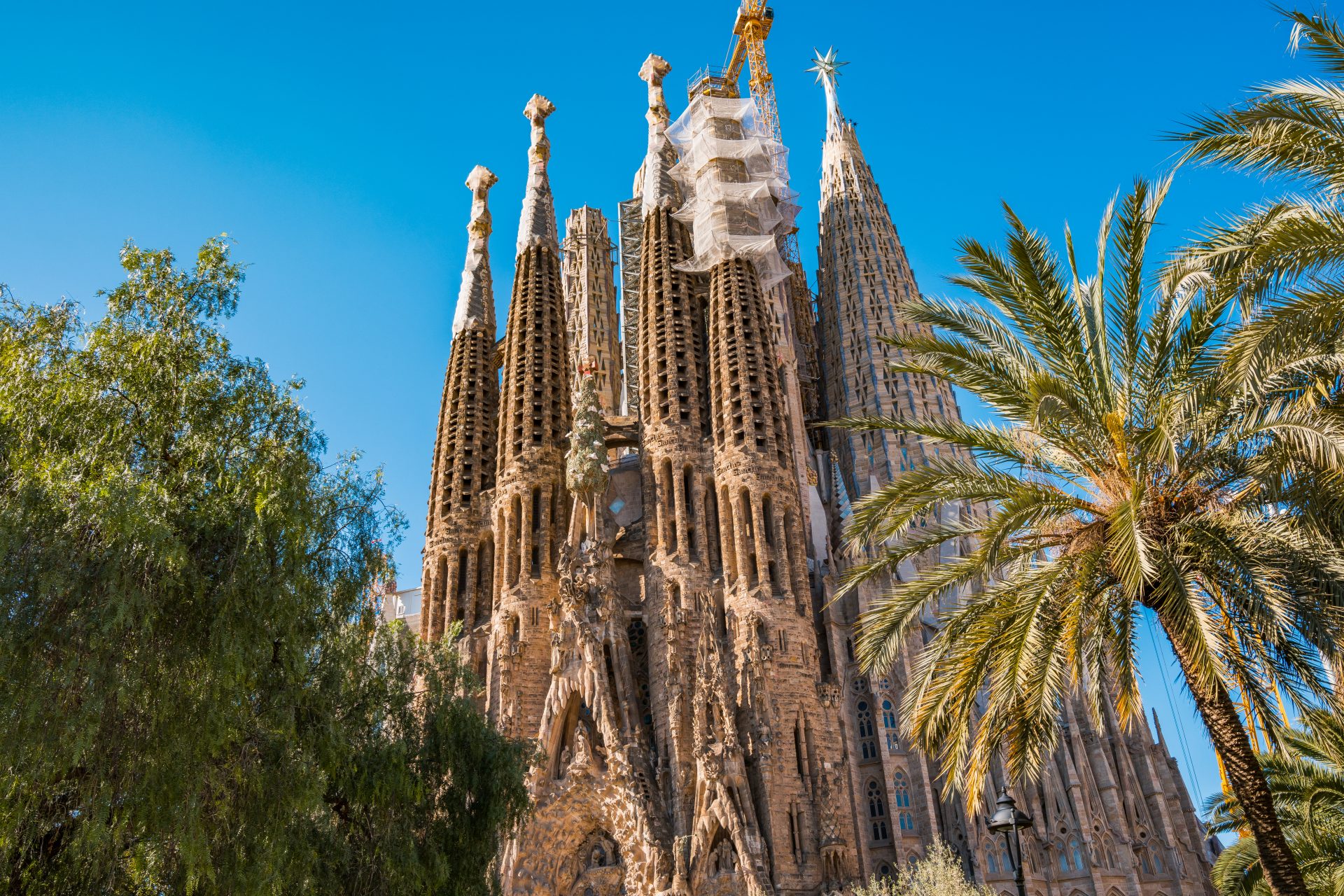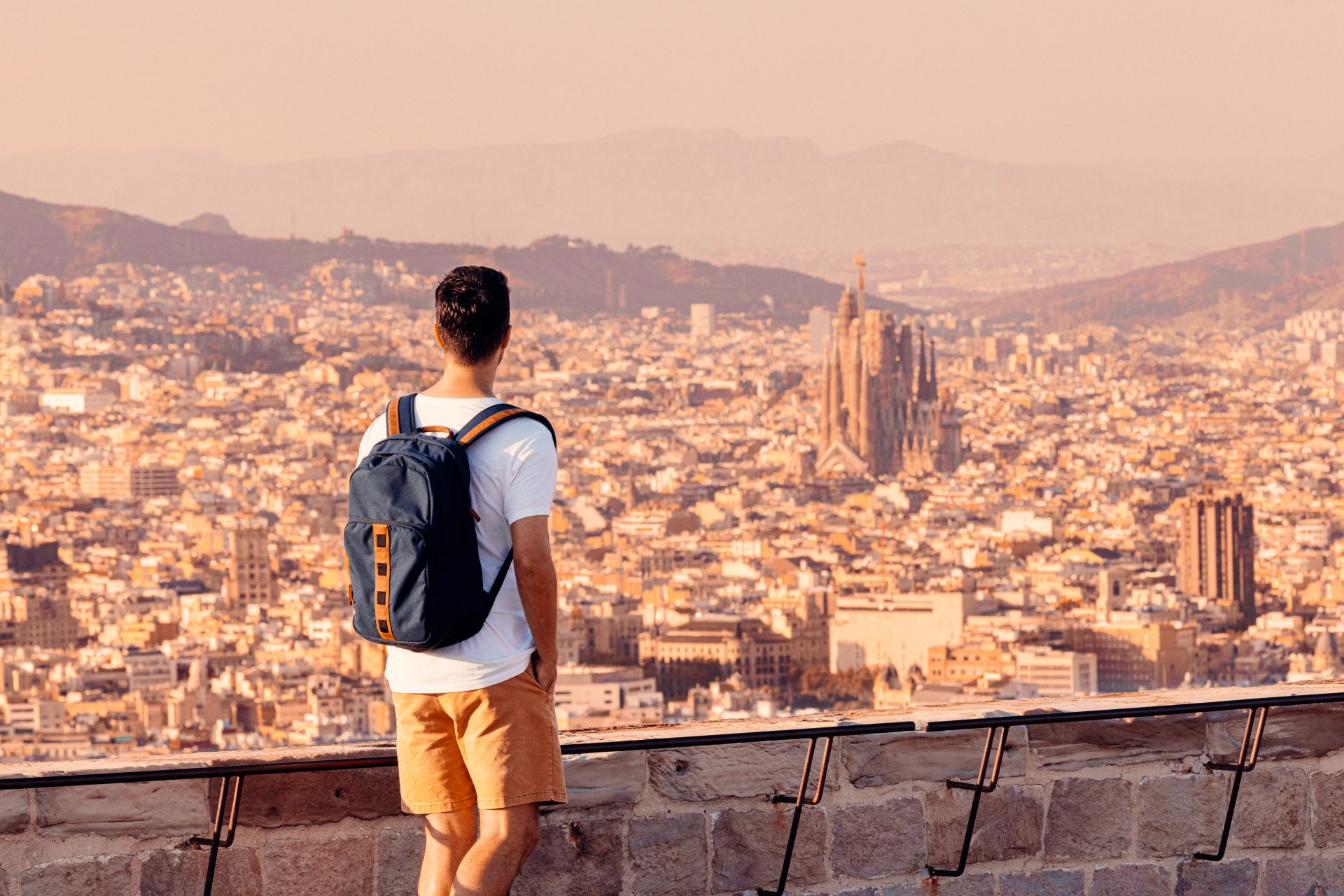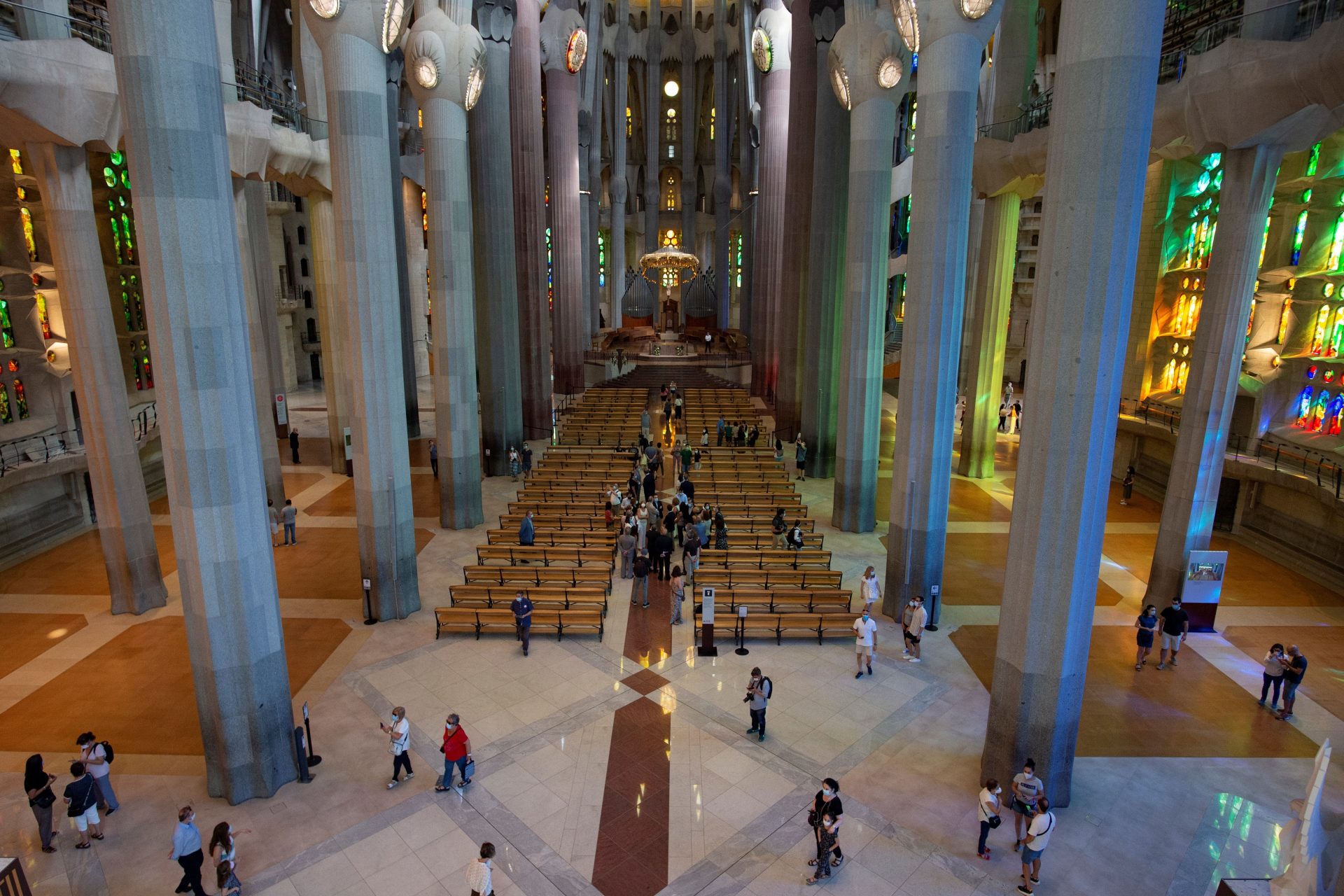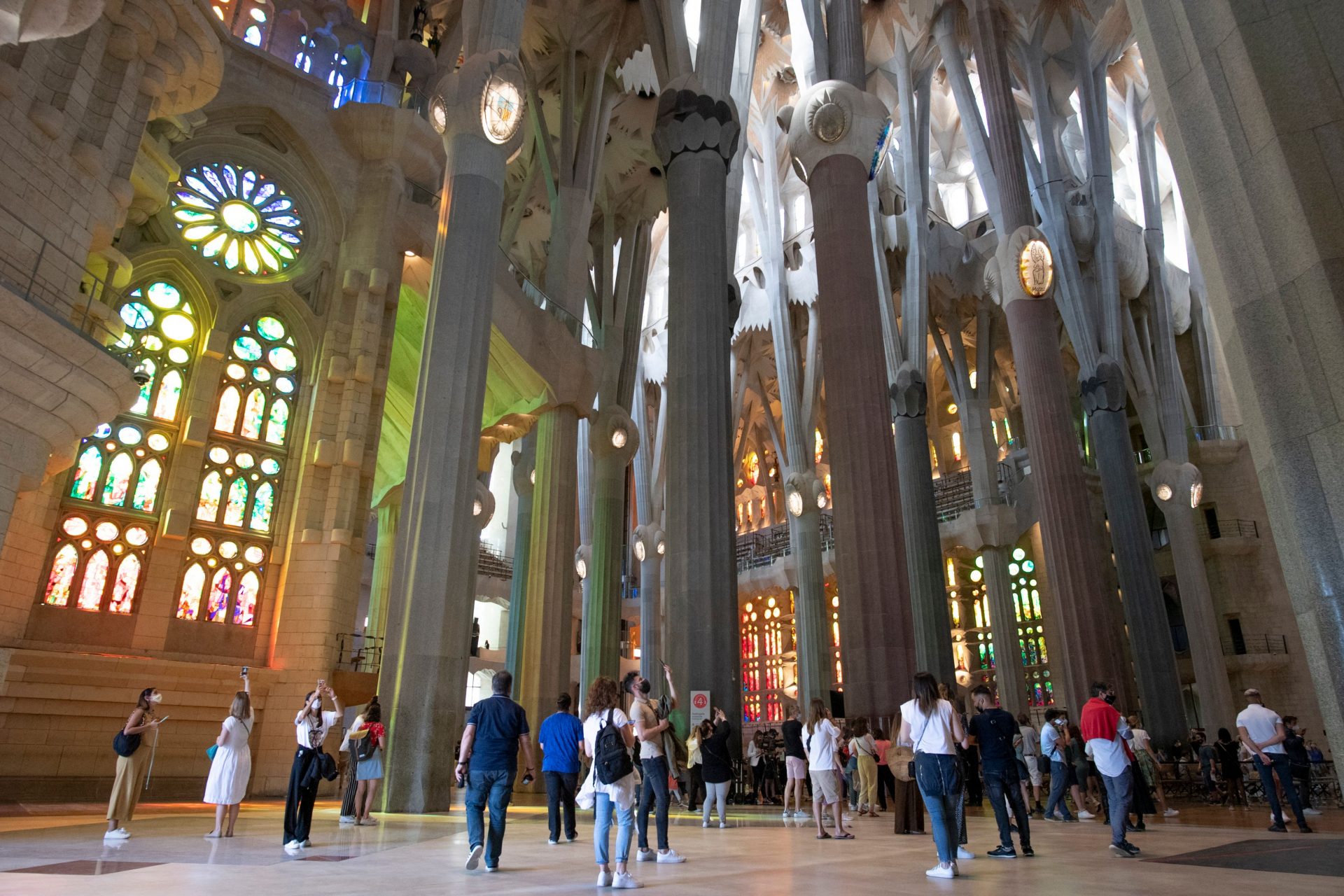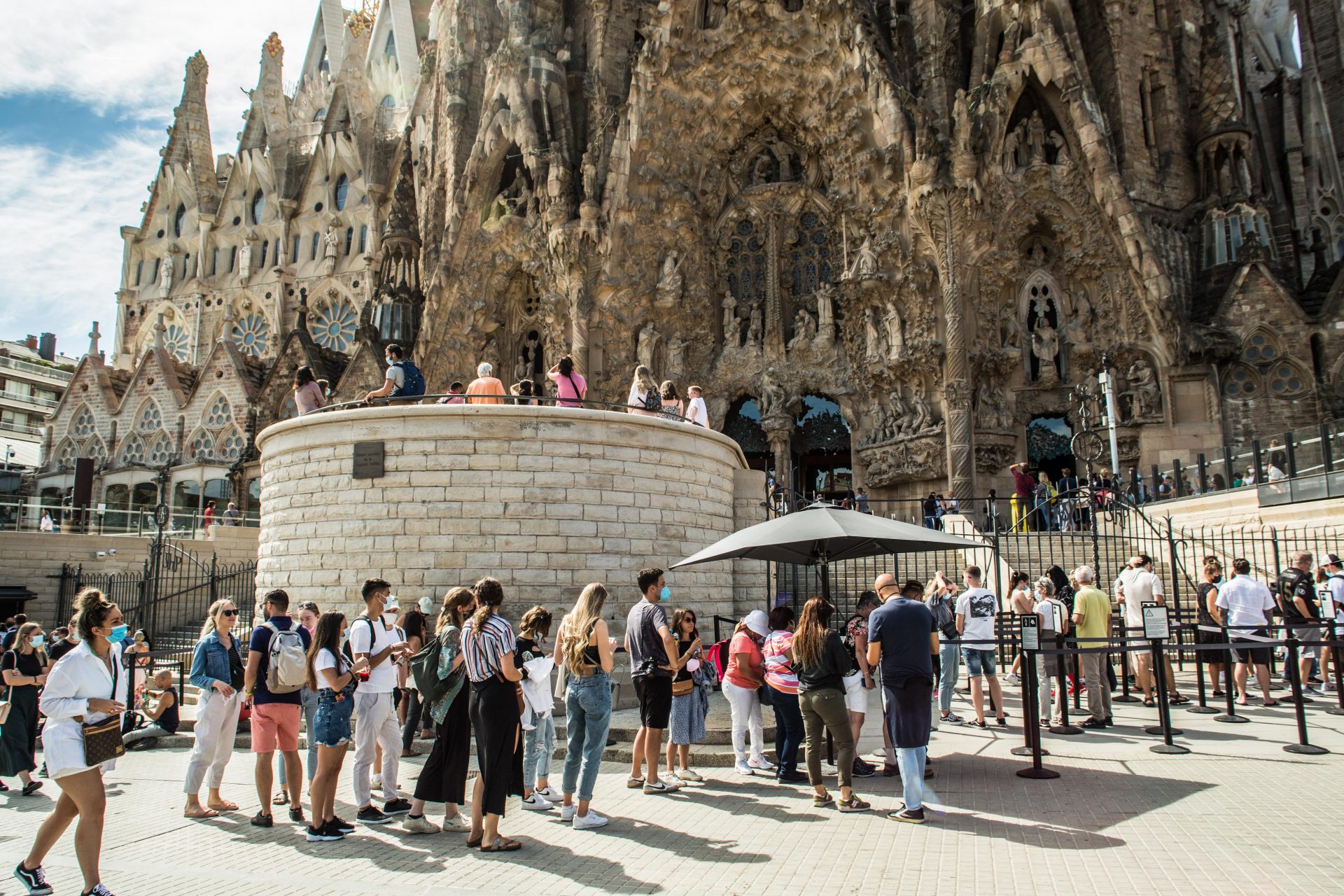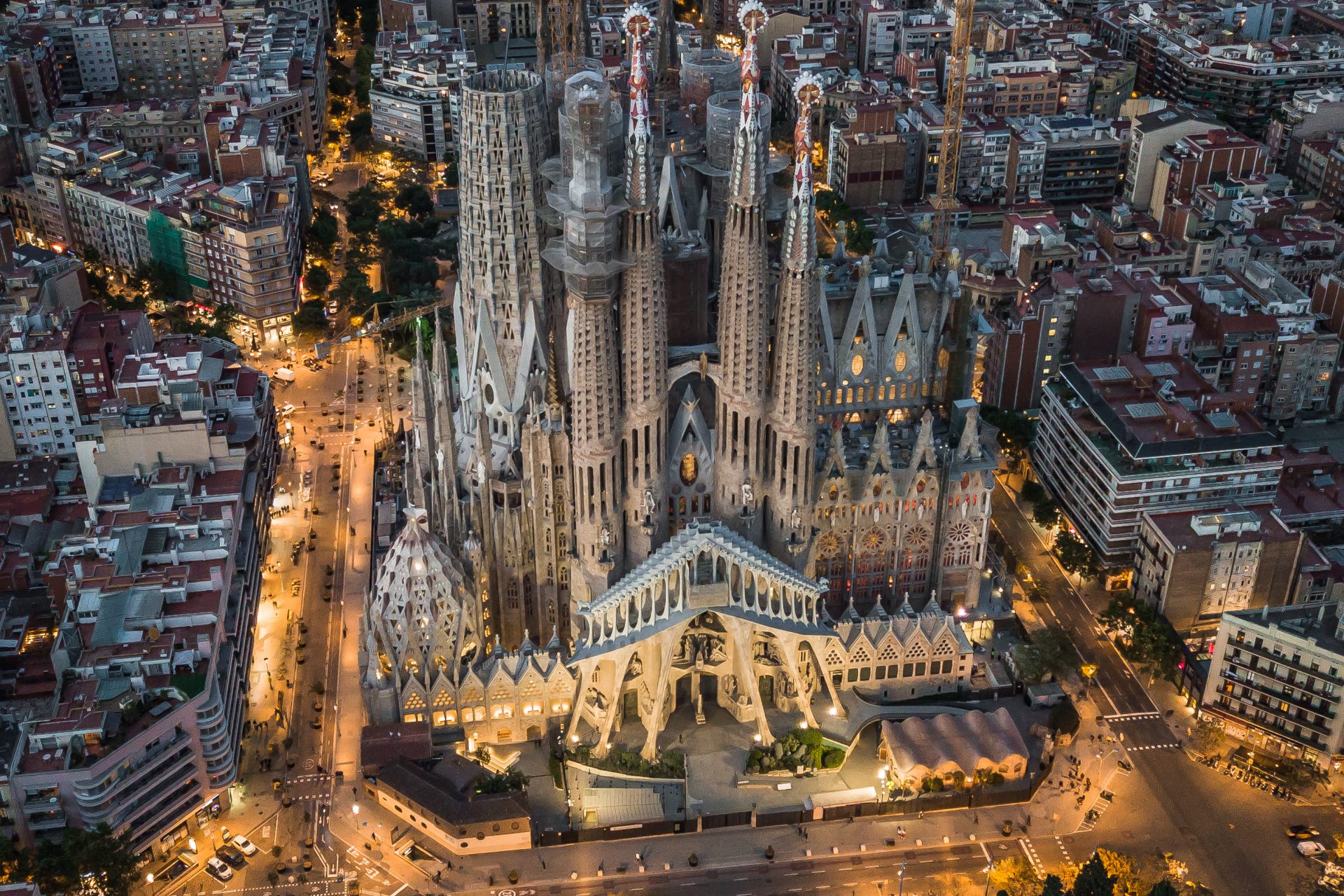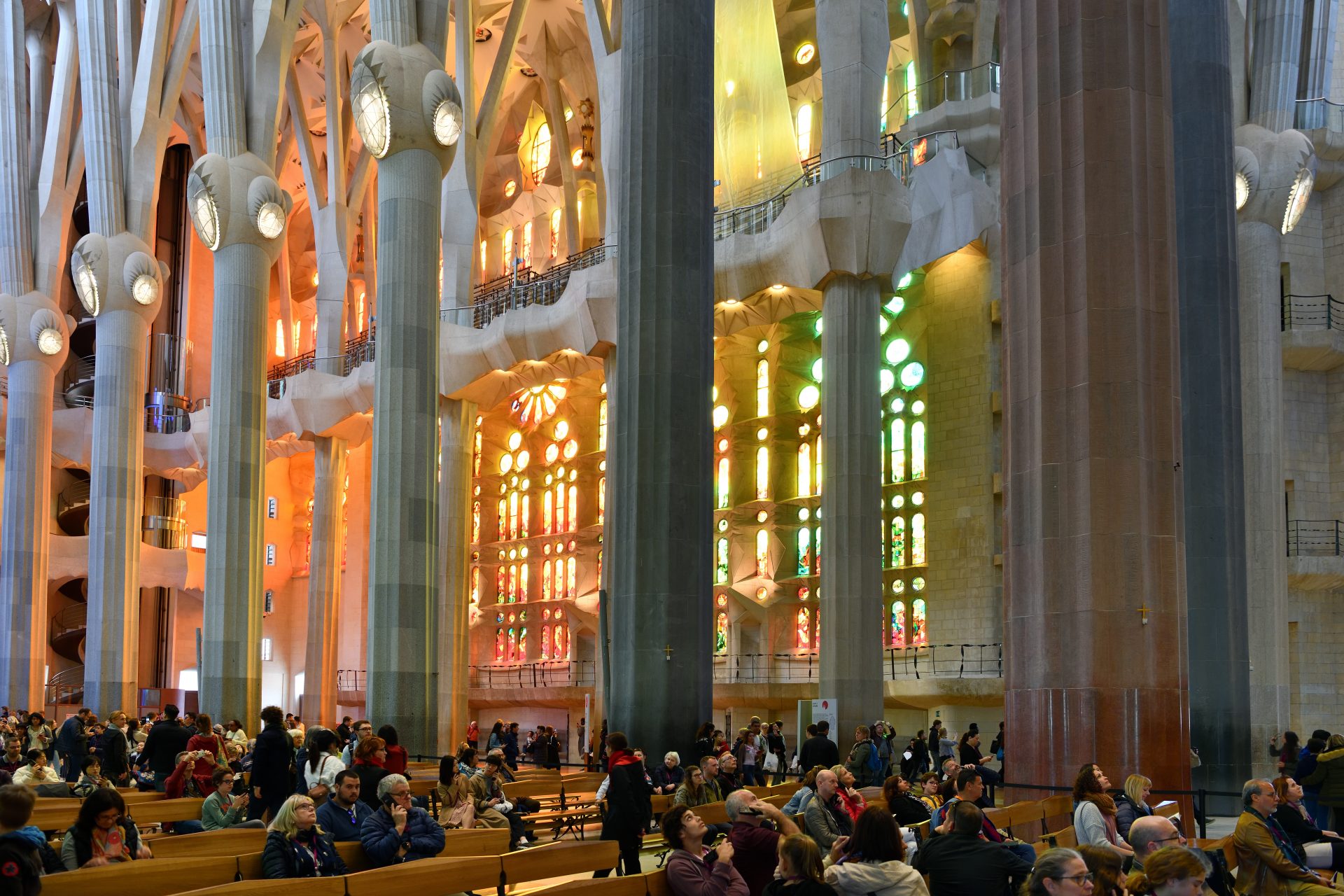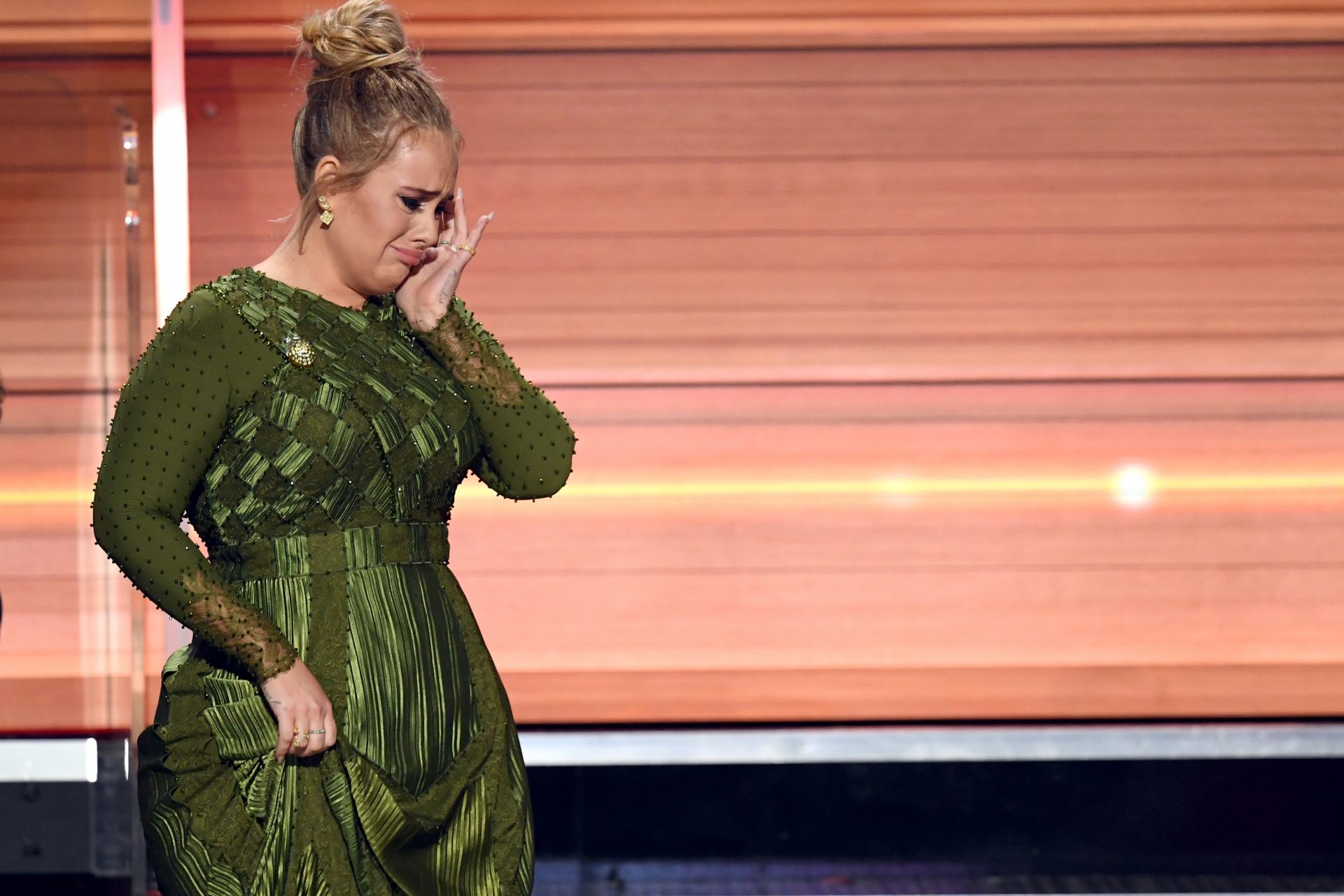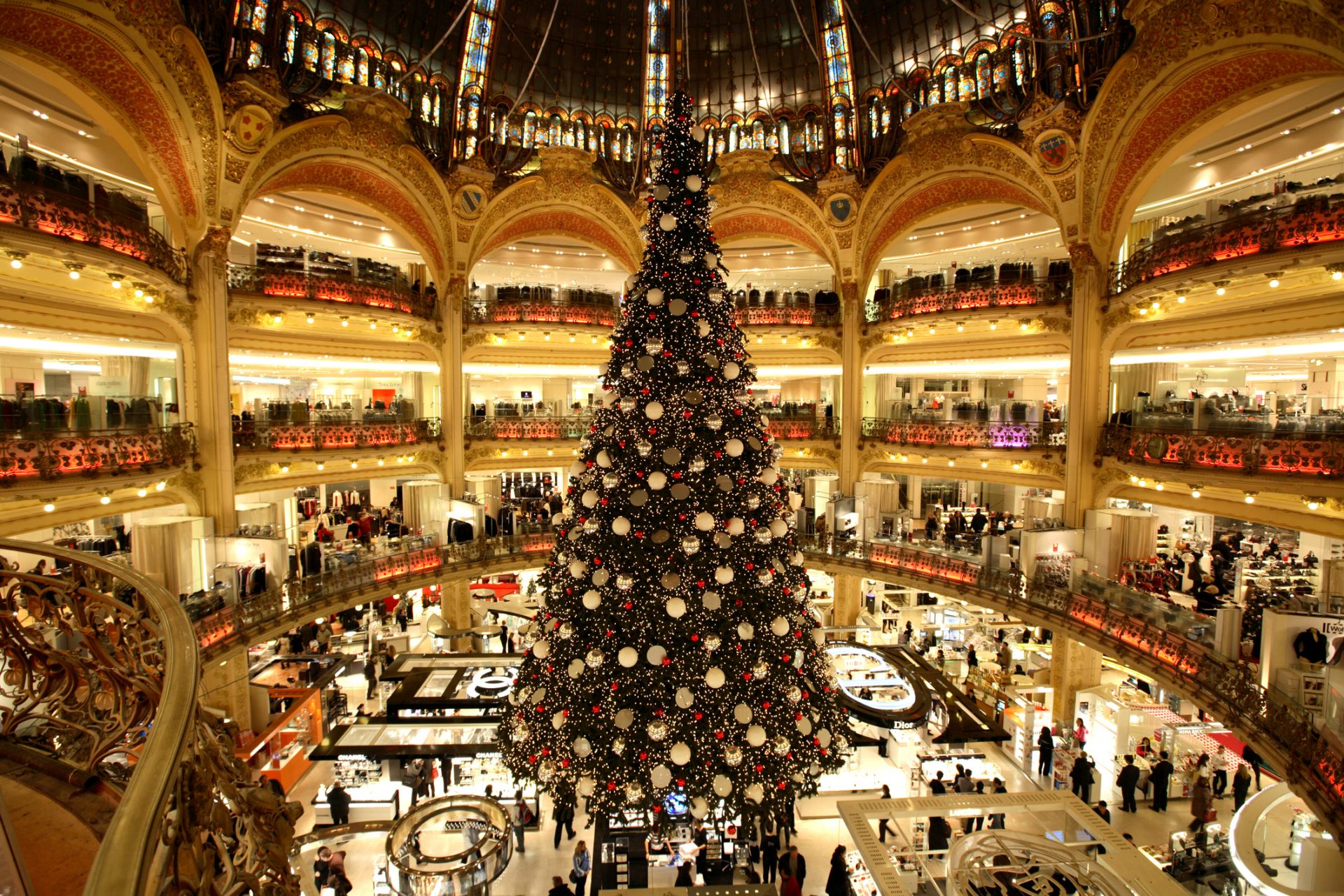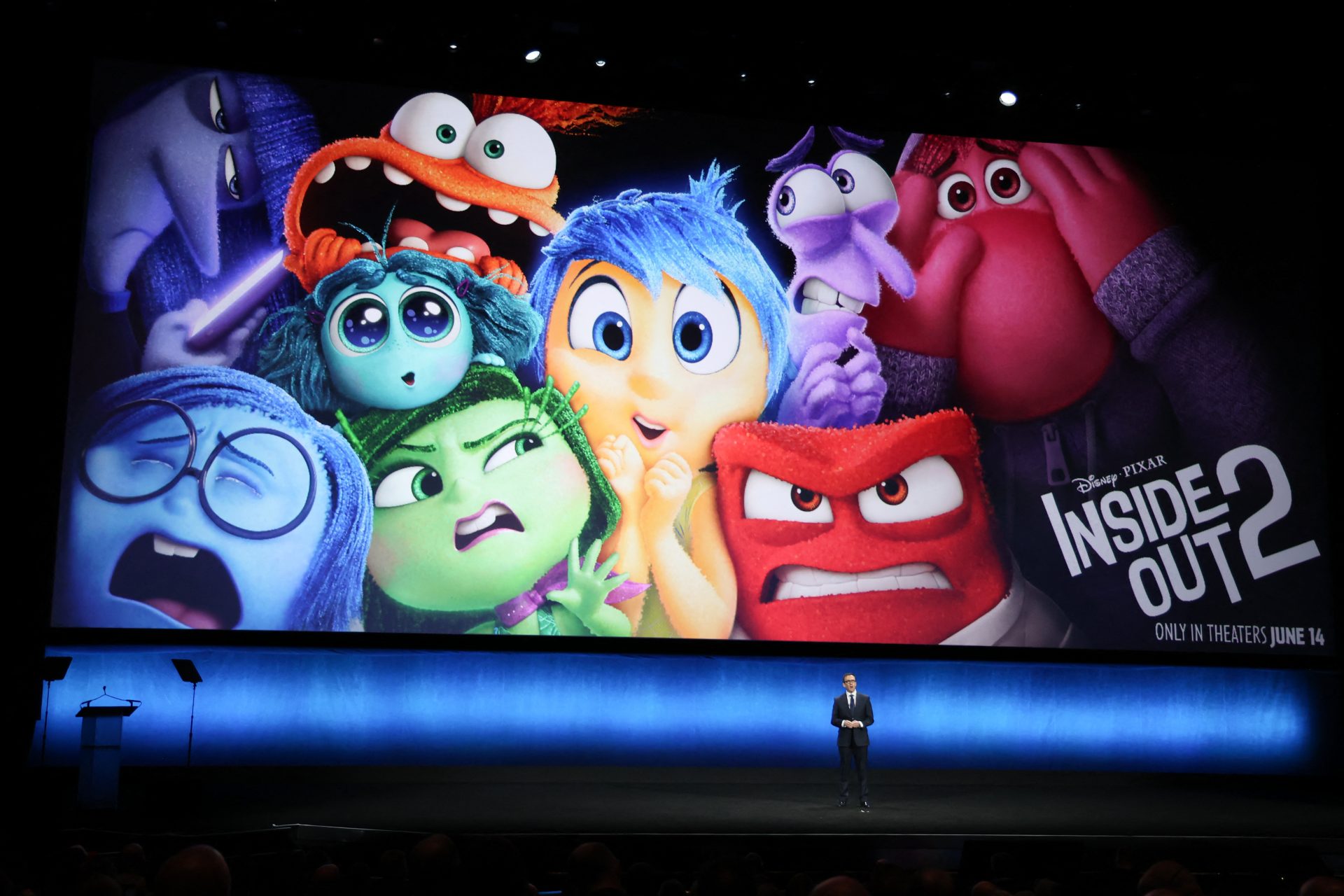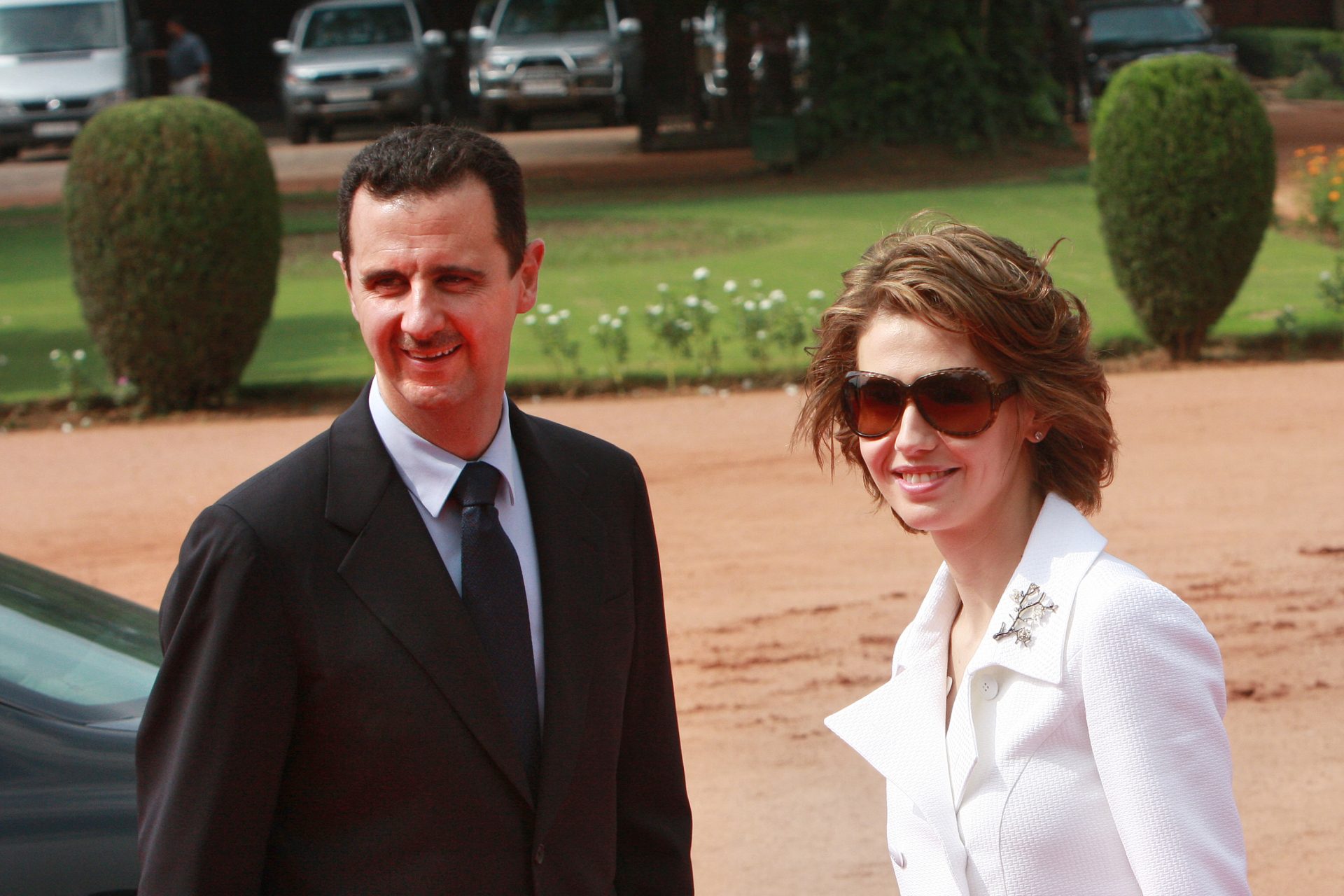140 years and counting: building the Sagrada Familia in Barcelona
The Basilica of the Sagrada Familia, located in the city of Barcelona, Spain, is internationally recognized for its unique architecture.
The construction of the church began more than 140 years ago. It was designed by the renowned Spanish architect Antoni Gaudí. His works have a unique style, marked by his great passions: architecture, nature and religion.
What draws attention first are the Sagrada Familia's ornate facades and extremely tall towers. They stand out in the cityscape.
The architectural design is a combination of Gothic and Catalan modernist styles. The church has been under construction since 1882 and is one of the main tourist attractions in Spain, drawing millions of visitors every year.
In 2019, the church received an impressive 4.7 million visitors.
The creation of this magnificent building, still under construction, dates back to 1874, when locals started a campaign to build a temple in honor of the Sagrada Familia, the Holy Family of the Catholic Church.
After a few years of planning, the cornerstone of the church was officially laid on March 19, 1882.
In 1883, Antoni Gaudí, then a young architect, took over the project after the resignation of its architect Francisco del Villar. Gaudí made significant revisions to the original plans, incorporating his unique style and artistic vision.
Gaudí brought a revolutionary design to the Sagrada Familia, combining elements of Gothic, Art Nouveau and Catalan Modernism. His approach was innovative and often challenged the architectural conventions of the time. He also incorporated religious symbolism into every detail of the structure.
Gaudí did several other projects in the city of Barcelona. However, from 1914 until the day of his death, he dedicated himself exclusively to the construction of the Sagrada Familia.
The bell tower dedicated to the apostle Barnabas was the only one that Gaudí managed to finish in his lifetime. The architect died on June 10, 1926 and the project was taken over by his disciple, Domènec Sugranyes.
In 1936, the Sagrada Familia was partly destroyed as a result of the Spanish Civil War. The workshop where Gaudí had worked was also hit, and his sketches, plans and models were lost.
To follow up on the plan for the church, the architect Francesc de Paula Quintana took over the direction. He was able to advance thanks to the material saved from Gaudí's workshop, allowing documents to be reconstructed from photographs and published plans.
The Sagrada Familia has three main facades, each addressing a different aspect of Jesus' life. The Nativity Facade is the oldest of all, facing east. Obviously, it is dedicated to the birth of Jesus and extols the joy of life.
The Facade of the Passion, facing west, is dramatic because it expresses the pain and sacrifice of the crucifixion and death of Christ.
The Facade of Glory, facing the sea, is the main part of the basilica, dedicated to the glorious nature of Jesus, rising above the people.
The central door, 4.70 meters wide and 5 meters high, represents the Eucharist. In its center, the complete text of Our Father was written in Catalan. Around the door, the phrase 'Give us our daily bread' can be read in fifty different languages.
The facade of the Nativity and the crypt of the church were declared UNESCO World Heritage monuments in 2005.
On November 7, 2010, Pope Benedict XVI dedicated the basilica to worship and distinguished it as a minor basilica.
Gaudí thought as much about the symbolism of the ornamental details as the structure of the church. The 18 towers of the basilica represent the Twelve Apostles, the Virgin Mary, the four Evangelists and Jesus Christ.
By now, two of the four Evangelists towers have been completed and the other two are in the works. The tallest tower, also under construction, is dedicated to Jesus Christ. It will be topped by a giant cross and will be 172 meters high.
When completed, the towers will make Sagrada Familia the tallest church building in the world.
During a press conference in March 2023, Mr. Esteve Camps, President Delegate of the Sagrada Familia Construction Council, highlighted that, throughout its history, the Basilica only stopped its activity and construction twice: First, during the events of the Civil War , between 1936 and 1939, and second, during the COVID-19 pandemic in 2020 and 2021.
After the recent closure, the Basilica recovered a good part of its public in 2022. There were more than 3.7 million visitors that year, equivalent to 80% of pre-pandemic visitor numbers.
Of the entire audience, 82.5% come from outside Spain. Visitors from the US represent 13.8% of the total.
Since its opening for tourism in 1915, the Sagrada Familia has received a total of 82.5 million visitors. In 2022, it collected just over 100 million euros through entrance fees (99%) and donations (1%).
Many years after its construction began, more than 5 generations of architects have taken charge of the project by now. It is expected to be completed in 2026, on the centenary of Gaudí's death.
The story of the Basilica of the Sagrada Familia is a narrative of perseverance and dedication to the creation of one of the most extraordinary and remarkable architectural structures in the world.

